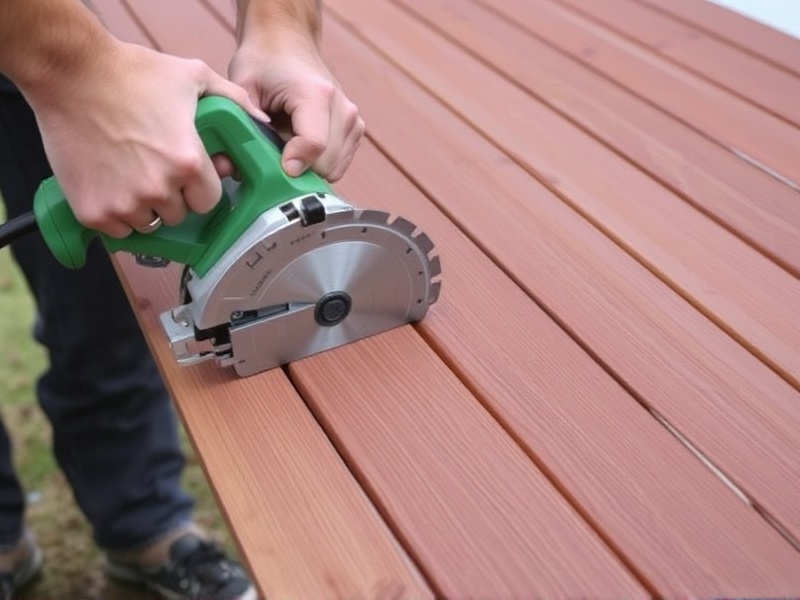Our Location
304 North Cardinal St.
Dorchester Center, MA 02124
Discover the best blades for cutting composite decking materials efficiently and safely. Learn about the unique properties of composite decking and how to choose the right blade.

Composite decking has become a popular choice for outdoor spaces due to its durability, low maintenance, and aesthetic appeal. However, cutting this material requires specific tools and techniques to ensure clean cuts and avoid damaging the deck. In this article, we will explore the different types of blades suitable for cutting composite decking, discuss factors to consider when choosing a blade, and highlight some popular brands and models along with their pros and cons.
When selecting a blade to cut composite decking, it is essential to take into account the material’s hardness, thickness, and the type of saw you plan to use. Composite materials can vary significantly in composition, ranging from wood-plastic composites (WPC) to cellular PVC, each requiring a different approach to achieve optimal results.
Carbide-tipped blades are highly recommended for cutting composite decking due to their durability and ability to maintain sharpness over time. These blades are designed to withstand high temperatures and resist wear, making them ideal for handling the abrasive nature of composite materials. Popular brands like Freud and DeWalt offer carbide-tipped blades that are specifically engineered for cutting composite decking.
Pros: Durability, long-lasting sharpness, effective for various composite materials.
Cons: Higher initial cost compared to standard steel blades.
Triple chip grind (TCT) blades are another excellent option for cutting composite decking. The unique tooth design of TCT blades allows for smoother cuts, reducing tear-out and leaving a cleaner edge. Brands such as Forrest and Irwin produce TCT blades that are well-regarded in the industry.
Pros: Smooth cuts, minimal tear-out, durable teeth.
Cons: Can be more expensive than other options.
For smaller jobs or when using a jigsaw, bi-metal blades can be a practical choice. These blades combine the flexibility of spring steel with the hardness of high-speed steel, providing a balance between durability and versatility. Milwaukee and Lenox are well-known brands offering bi-metal blades suitable for composite decking.
Pros: Versatile, suitable for jigsaws, good for small jobs.
Cons: May not last as long as carbide-tipped or TCT blades for larger projects.
Among the many brands available, several stand out for their quality and performance in cutting composite decking:
Selecting the right blade for cutting composite decking is crucial for achieving professional-looking results. Factors such as material hardness, thickness, and the type of saw should guide your decision. Carbide-tipped and TCT blades are generally the best choices for their durability and effectiveness. By considering these factors and choosing from reputable brands like Freud, DeWalt, and Forrest, you can ensure a successful project.